Top 5 Reasons to BUY or NOT buy the Dell Inspiron 15 3593
 Last month we reviewed the Dell Inspiron 15 3593. It is a new machine from Dell that comes with the latest Intel CPUs and has its pros and cons as always. You can check out our in-depth review here. Now, let’s see out Top 5 picks.
Last month we reviewed the Dell Inspiron 15 3593. It is a new machine from Dell that comes with the latest Intel CPUs and has its pros and cons as always. You can check out our in-depth review here. Now, let’s see out Top 5 picks.
You can check the prices and configurations in our Specs System: https://laptopmedia.com/series/dell-inspiron-15-3593/
5 reasons to BUY the Dell Inspiron 15 3593
1. Intel Core i7-1065G7 inside
The Dell Inspiron 15 3593 can be configured with Intel Ice Lake CPU. You can pick one with the i7-1065G7. That means 10nm CPU, fast performance, and Intel Iris Plus G4 integrated graphics – one of the fastest iGPUs on the market right now. Briefly, with Dell Inspiron 15 3593 you can enjoy the latest tech from Intel.
2. The keyboard
We have a full-layout keyboard with a NumberPad section. The key travel is good and there is nice clicky feedback too. The keyboard of Dell Inspiron 15 3593 is very comfortable to type on and if you have to use it for work (long period of time) you will be happy with it.
3. The I/O
Ok, let’s check the ports of that device – a USB Type-C 3.1 (Gen. 1) port (comes with dedicated GPU machines only), HDMI connector, an RJ-45 connector, two USB Type-A 3.1 (Gen. 1) ports, an audio jack, optical disk drive reader,USB Type-A 2.0 port, and an SD card reader. That is a decent amount of ports, probably everything you might need.
4. Cool innards
During our tests, the Dell Inspiron 15 3593 reached 46C. Not bad at all.
5. Upgradability
The upgradability of this machine is fine – you can upgrade the memory up to 32GB DDR4 with 3200 MHz memory frequency – a rare case, especially in this price range. In terms of storage, we found a 2.5″ SATA drive slot and one M.2 PCIe x4 slot that can be upgraded with max capacity up to 2TB and 1TB respectively.
3 reasons NOT to BUY the Dell Inspiron 15 3593
1. Not-so-good screen
The screen (BOE NT15N4-M9P74 BOE0802) isn’t the greatest, but at least it is comfortable for long periods of work. There is PWM usage but with 28 kHz frequency – a very high one and as we already said, it is a safe and comfortable panel for prolonged periods of reading. There are some drawbacks – TN panel, bad viewing angles, only 50% sRGB coverage, the maximum brightness is low (200 nits), and the contrast ratio is so-so (290:1).

2. The build quality
Another weak point of the Dell Inspiron 15 3593 is the build quality – it is an all-plastic build and the chassis is flexible if you are not careful with it. You can’t open the lid with one hand – if you try to do that it’ll flex badly and you will hear some strange sounds from it.
3. The price
When it comes to prices, our Dell machine isn’t the best deal. There are better laptops with better screens and build quality that cost the same as the Inspiron 15 3593. For example, for the same amount of money you can get the Lenovo Ideapad S540 (15) – it comes with an aluminum build and an IPS panel.
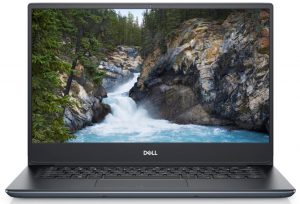
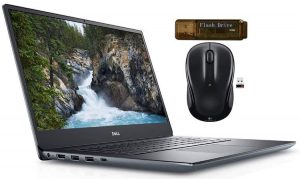
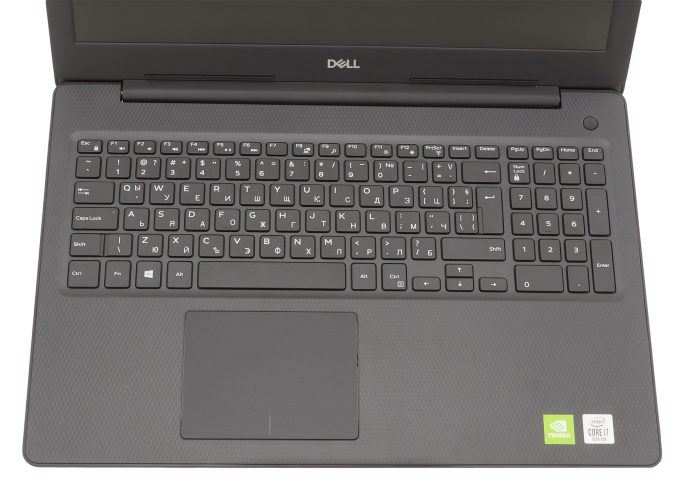


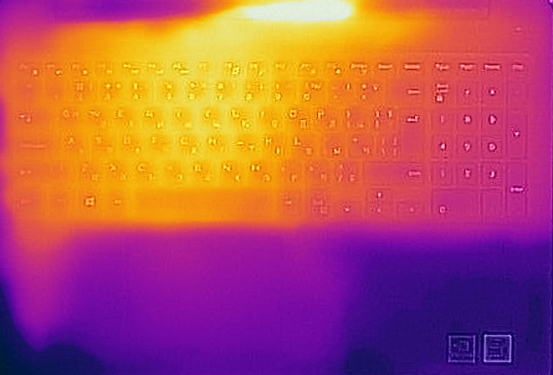

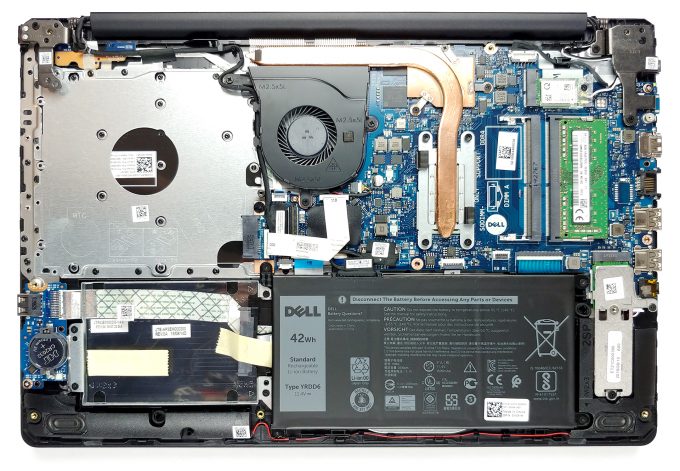
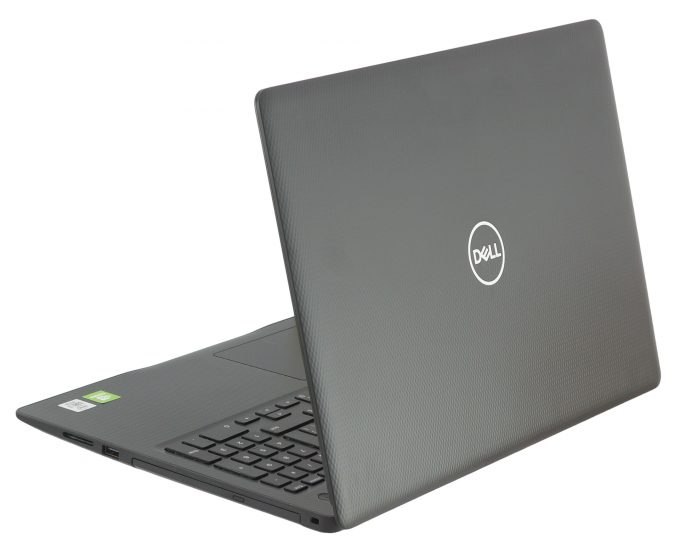
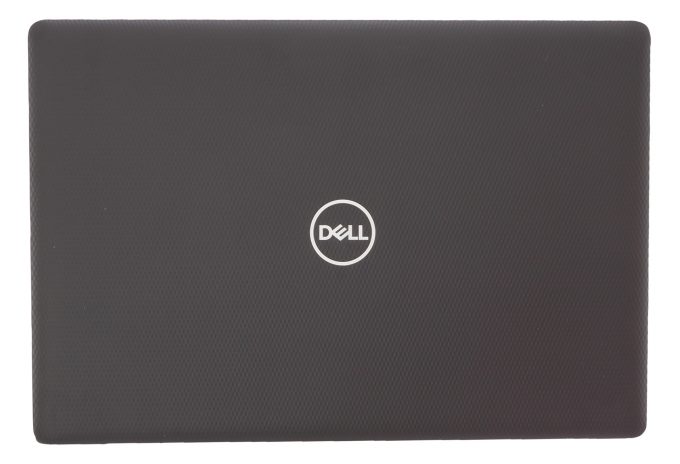
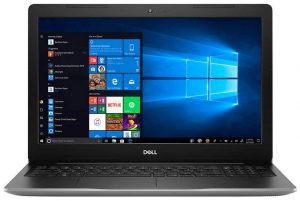









hi…i want to the battery duration in Dell 3593 i7
It seems to be pretty awful battery life. Specs say 10 hours. real life says about 5 hours….! Big difference!
Thank you for your very concise and informative review. I had those kind of problems since inspiron 3467, except for keyboard wich flexed badly in that one, sad to see it’s the only element they improved, anyway.
I owned it for 3 days then returned it, and now your feedback saved me from commiting the same error by choosing Dell
Thanks, really
Hello, I also have Inspiron 3593, but it has low PWM frequency, probably only 200 Hz (other Inspiron model has that, according to some review). Screen flickering is noticeable and causes eye strain. PWM is generated on the motherboard and GPU controls it’s frequency. If I replace the screen, would screen’s built-in controller increase PWM frequency or control backlight without PWM? Which model should I buy?
I decided to fix backlight flickering by hardware modification, because I couldn’t edit the proper register in intel-gpu-tools (after I got Ubuntu update it became accessible, but my solution still works). I soldered an electrolytic capacitor in parallel with LEDs, so it stabilized the voltage supplied to them. There are some soldering fields on screen’s PCB which can be used for this purpose. The laptop became usable. There’s a side effect that after turning the screen off backlight loses it’s brightness gradually, but that’s not a problem. I also don’t use any dynamic contrast feature which may not work correctly… Read more »